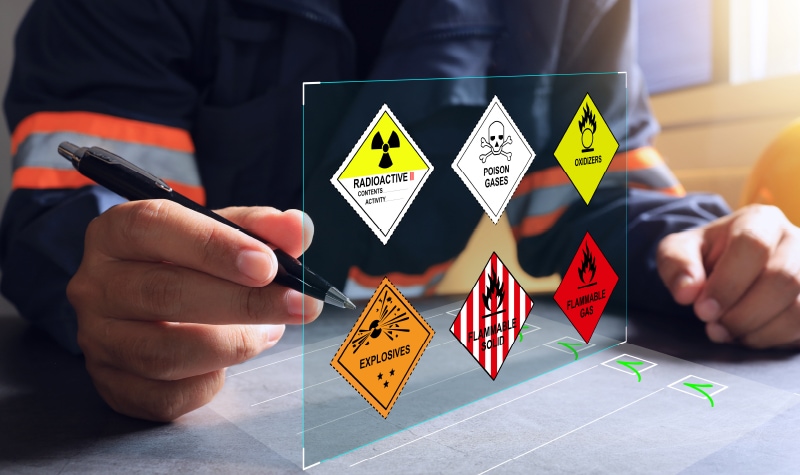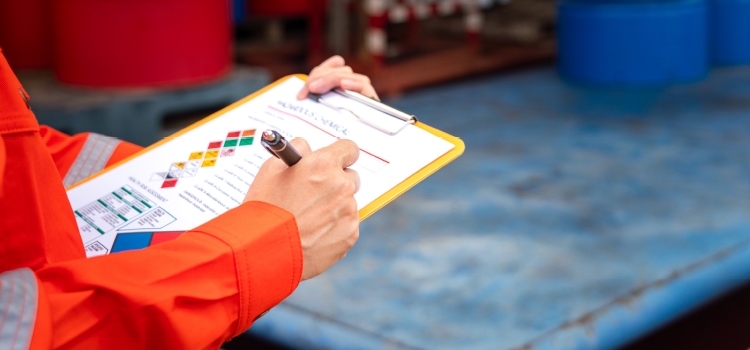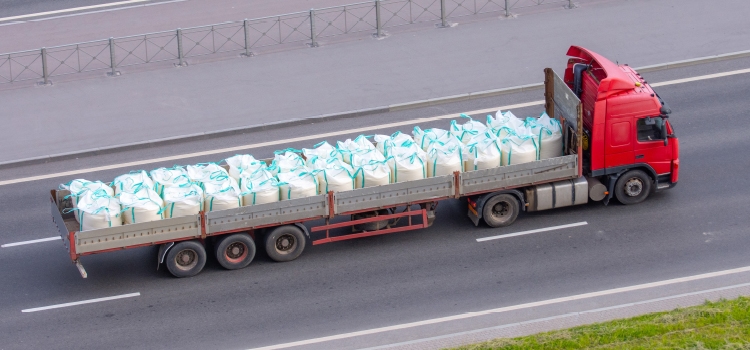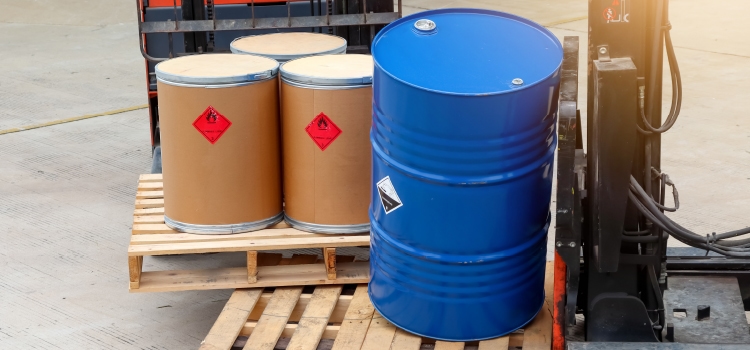Top Supply Chain Challenges for Dangerous Goods and Other HazMat Shipping Updates

Dangerous goods professionals share insights on infrastructure, investments, regulatory updates, sustainability concerns and other top supply chain challenges. PLUS: More news from the DG/Hazmat supply chain sector.
Top Supply Chain Challenges for Dangerous Goods
Dangerous goods professionals highlight the need to reduce process complexity, establish effective staff recruitment and retention programs, and enhance digitalization to facilitate the safe and compliant transport of dangerous goods (DG) and hazardous materials, according to the 2023 Global Dangerous Goods Confidence Outlook survey, sponsored by Labelmaster, the International Air Transport Association (IATA) and Hazardous Cargo Bulletin.
Among the survey’s key findings and recommendations:
DG professionals are confident about the industry’s level of infrastructure and investment. 85% of respondents say that their infrastructure is on par or ahead of the industry and 92% increased or kept their DG investment the same year-over-year. While 56% believe their current infrastructure meets existing needs, only 28% responded that it meets both current and future needs.
Process complexity, mis-declared DGs, and attracting qualified staff remain challenging. 72% of respondents need more support to address future DG compliance. Views of the labor market are mixed; 40% indicate that current challenges will persist, 32% expect the labor market to improve and 28% say that it will become more difficult to find qualified staff. 56% say they expect the mis-declaration of DGs to stay the same or worsen.
Sustainability remains a focus across the industry. 73% of DG professionals report that their organizations have sustainability initiatives in place or planned. However, 27% do not have any sustainability initiatives planned, indicating room for improvement.
HazMat To-Do List

Hazardous materials shippers have a lot of moving pieces to manage. Of all the shipper responsibilities, properly classifying a hazardous material is most critical because all the other requirements are based on that proper identification.
According to the Federal Motor Carrier Safety Administration, hazmat shippers are responsible for:
- Determining whether a material meets the definition of a “hazardous material”
- Proper shipping name
- Class/division
- Identification number
- Hazard warning label, packaging, marking, placarding
- Employee training
- Shipping papers
- Emergency response information and phone number
- Certification
- Compatibility
- Blocking and bracing
- Security plan
- Incident reporting
6 Questions to Ask a HazMat Carrier

Ensuring the safe and compliant transportation of hazardous materials requires careful planning and due diligence. Choosing the right carrier is crucial, and asking the right questions can help you mitigate risks and ensure smooth transit for your hazmat shipment.
Before assigning a load, ask your prospective carrier:
1. Are you properly licensed and insured for transporting my specific hazardous material? Different hazmat classes have specific requirements for carrier licenses and insurance coverage. Verify the carrier holds the necessary permits and has insurance limits that meet your risk tolerance and regulatory requirements.
2. Do you have experience transporting this specific type of hazardous material? Experience matters. Ask about the carrier’s track record with similar hazmat shipments. Inquire about their safety protocols, training programs, and any incidents they have encountered.
3. Can you provide detailed information on your equipment and personnel qualifications? Ensure the carrier’s vehicles are properly equipped for your hazmat shipment, including placards, safety equipment, and emergency response measures. Verify the driver’s hazmat endorsements and training certifications match the specific requirements for your load.
4. What is your emergency response plan in case of an accident or incident? Accidents can happen. Ask about the carrier’s established emergency response procedures and their communication channels. Learn who to contact in case of an incident, and ensure their plan aligns with your own.
5. Can you provide references from previous customers who shipped similar hazmat materials? References offer valuable insights into the carrier’s reliability and performance. Contacting previous clients who shipped similar hazmat materials allows you to verify the carrier’s claims firsthand.
6. What is your process for ensuring regulatory compliance throughout the transportation process? Understanding the carrier’s approach to regulatory compliance demonstrates their commitment to safety and adherence to industry standards.
Expanding U.S. Chemicals Manufacturing

To increase domestic manufacturing of military-grade chemicals, the U.S. Department of Defense will award $192.5 million to seven companies under the Defense Production Act Investments (DPAI) Program.
The funding would establish, expand, and modernize U.S. manufacturing capacity for 22 critical chemicals in defense systems applications. The department expects the companies to reach a national capacity of chemicals by 2028.
The seven companies, which have proven that they can produce one or more of the military-grade chemicals, are CoorsTek, Goex/Estes Energistics, Lacamas Laboratories, Magrathea Metals, METSS Corp., Powdermet, and Synthio Chemicals.
Lacamas Laboratories received the largest contract at $86.2 million. The next two largest contracts were CoorsTek at $49.6 million and Magrathea Metals at $19.6 million.
The commercial sector can also apply these chemicals to various operations, including consumer products, pharmaceuticals, automotive components, energy, and agriculture. The funding adds to 10 awards and $289 million the DPAI Program has issued since the start of 2024.
Before Assigning a HazMat Load
- Request copies of the carrier’s insurance certificates and safety permits.
- Conduct a background check on the carrier’s safety record.
- Negotiate contractual terms that clearly define responsibilities and liabilities.
- Maintain open communication with the carrier throughout the transportation process.
Hazmat shipments account for 12% of all freight tonnage shipped within the United States. That equates to roughly 3.3 billion tons of hazardous materials shipped every year, worth an estimated $1.9 trillion.
